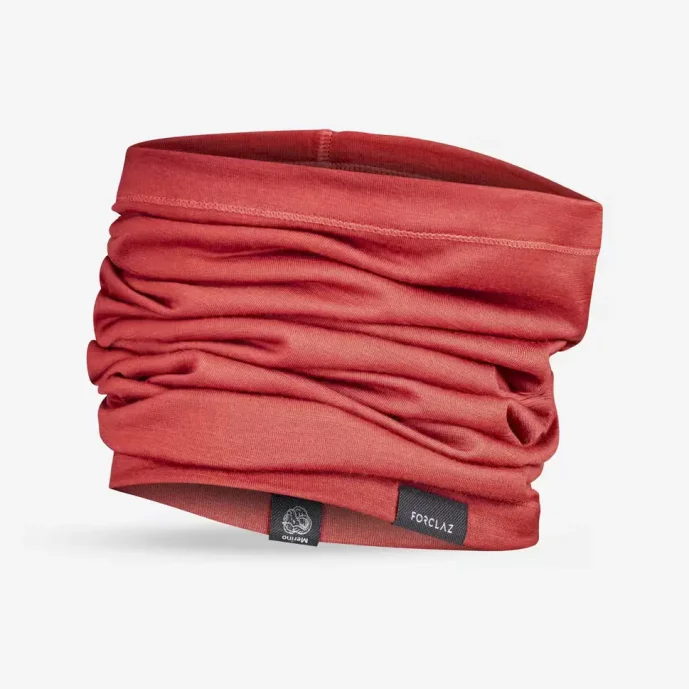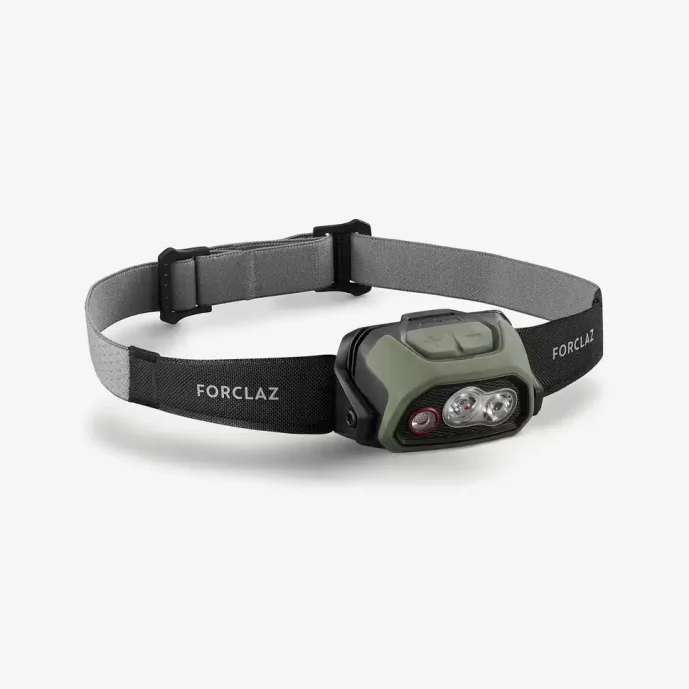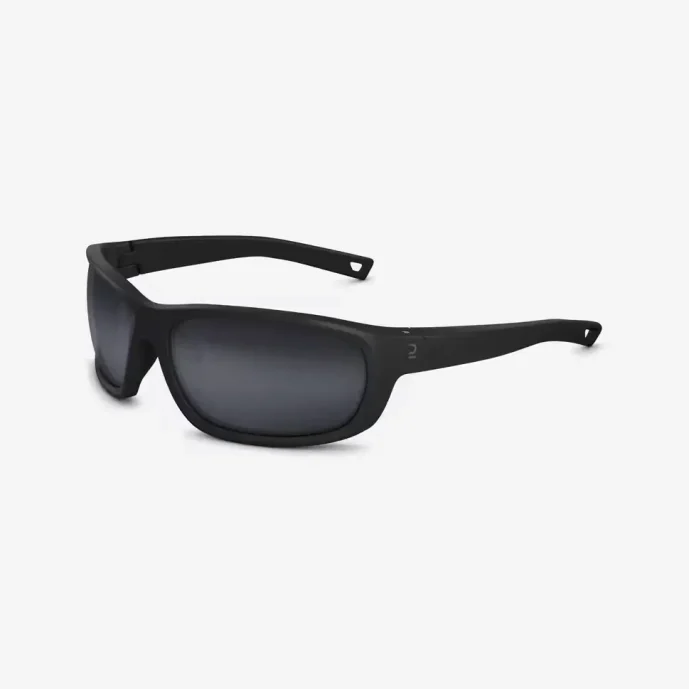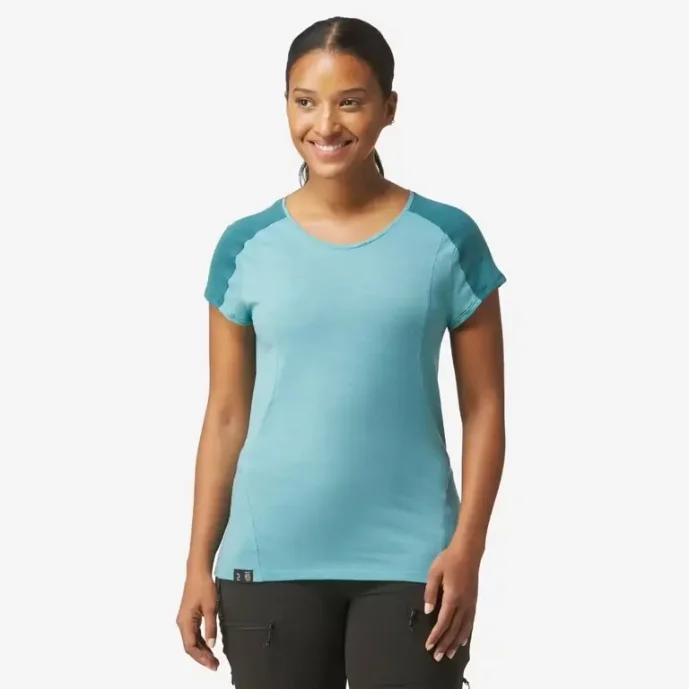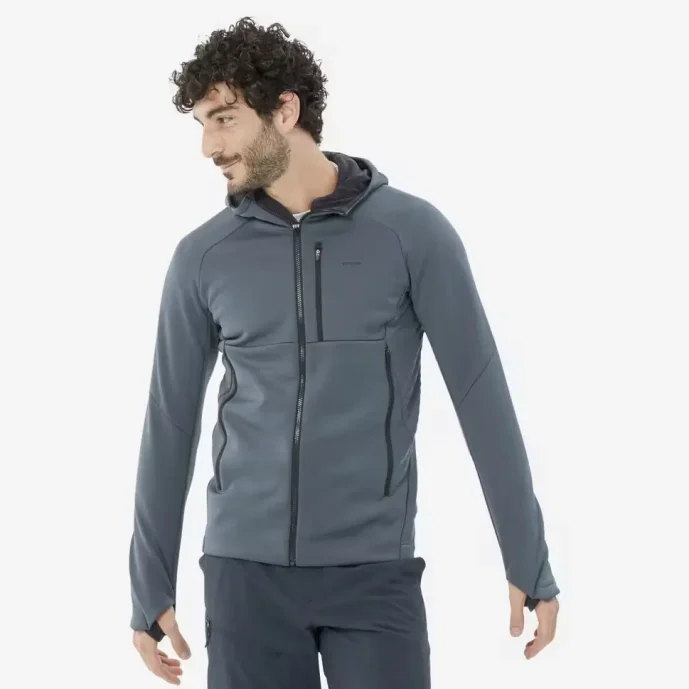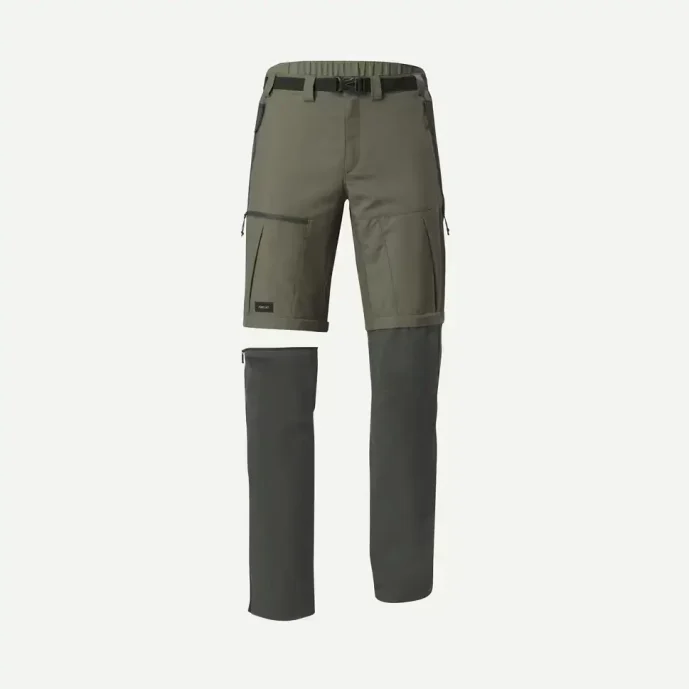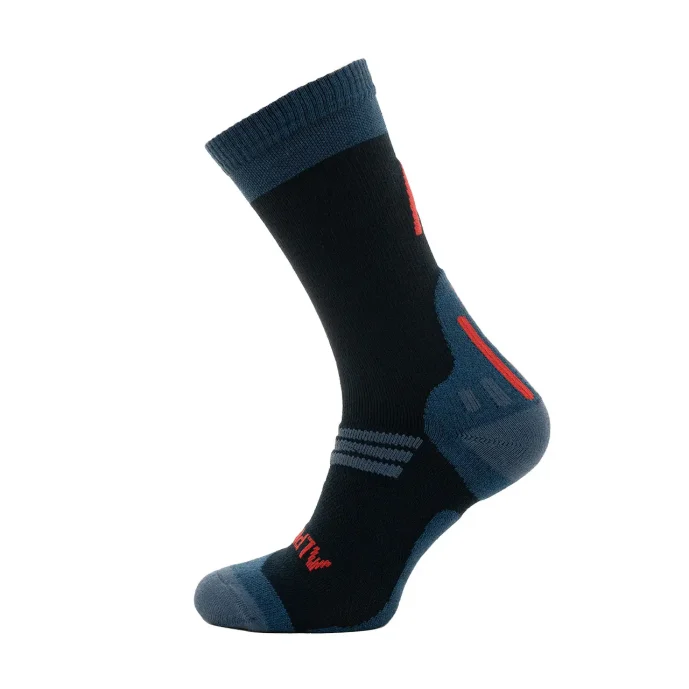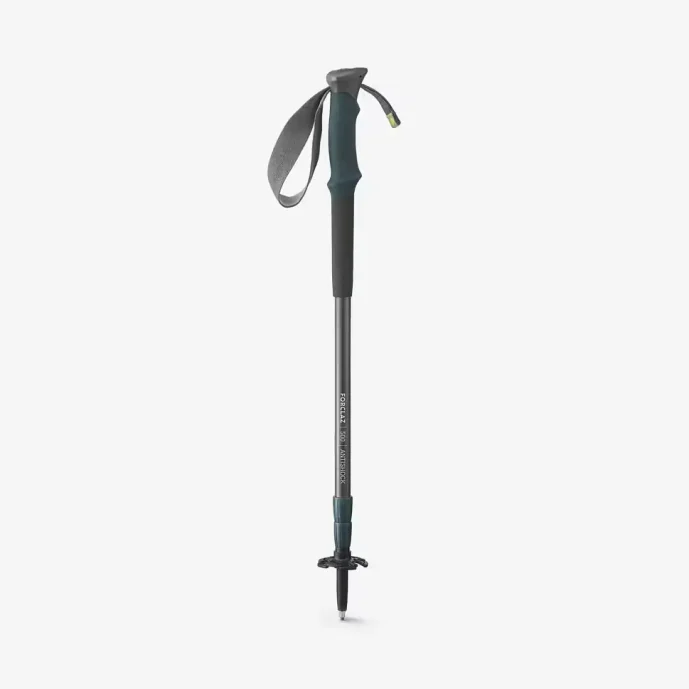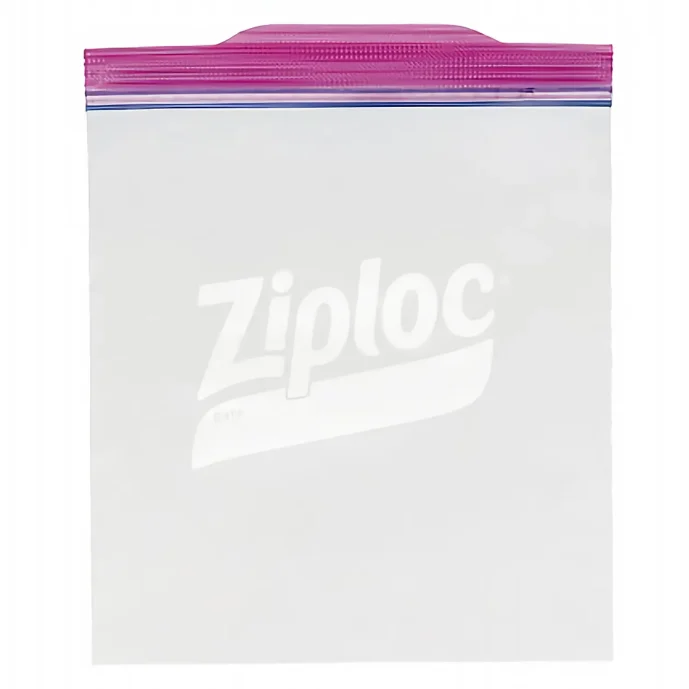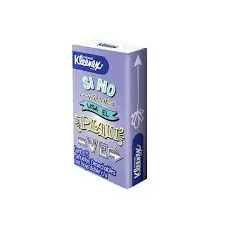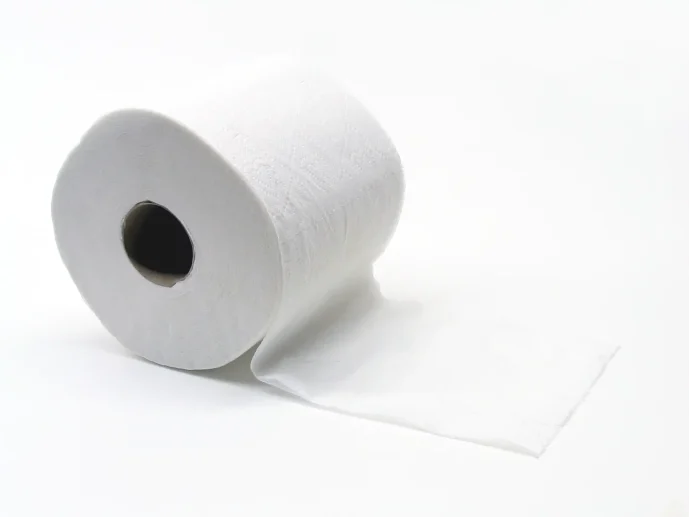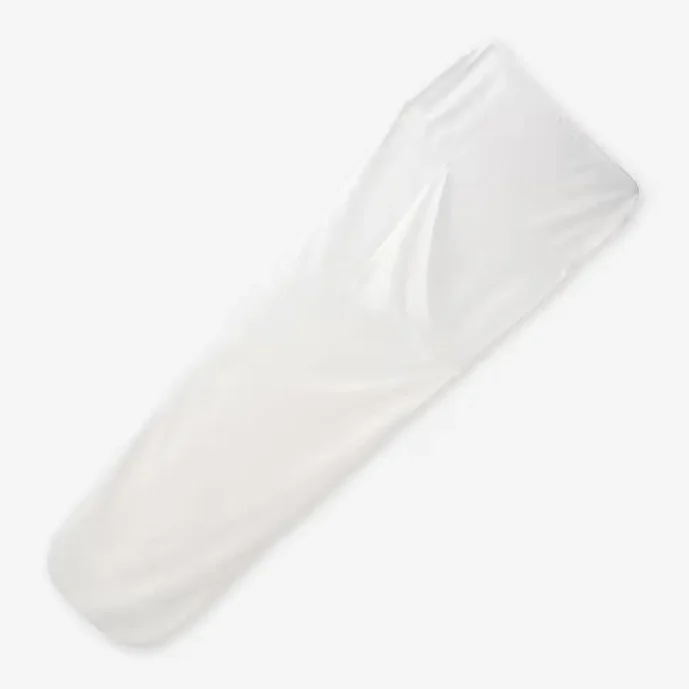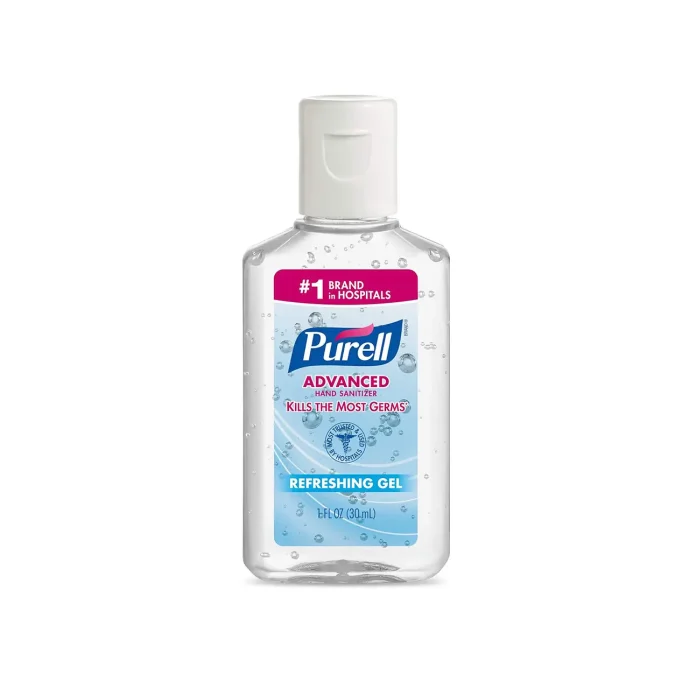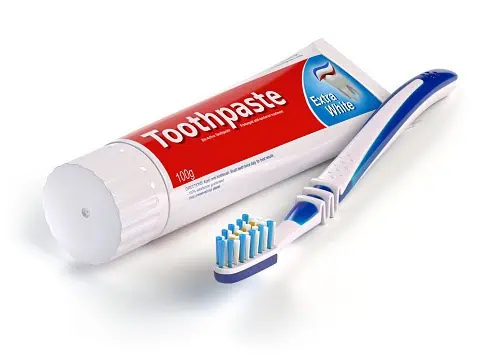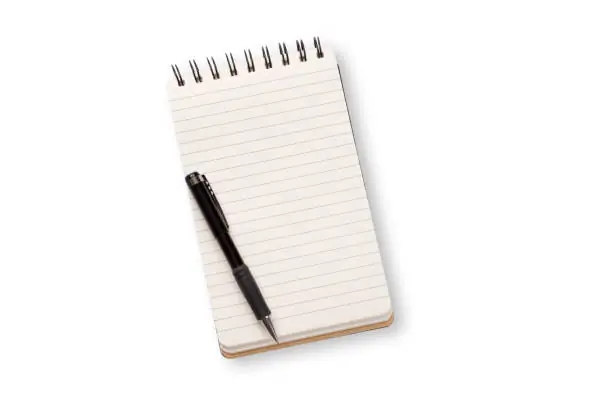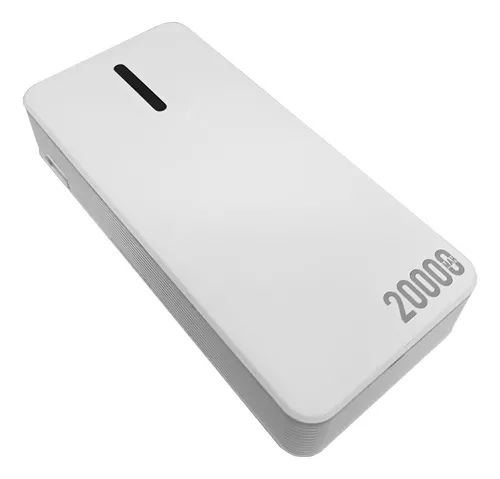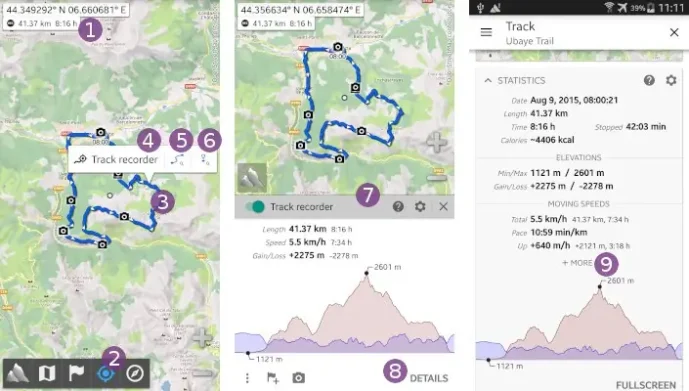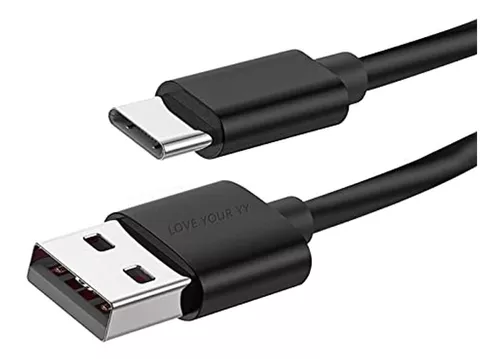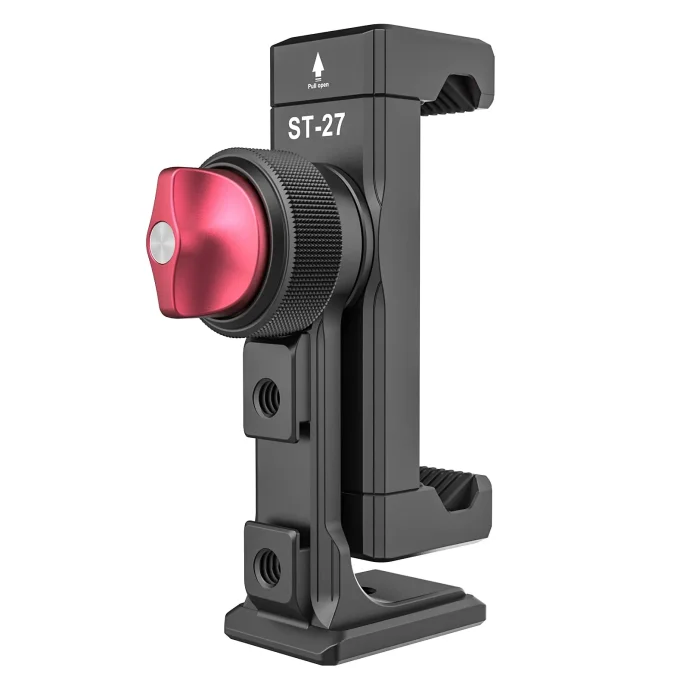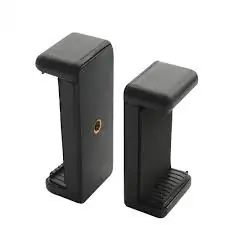Que faut-il emporter pour la Colombie ?
Les indispensables pour votre voyage en Colombie : faites vos valises intelligemment grâce à notre liste de contrôle personnalisée.

Vêtements
Embrassez la « politique de l'oignon » ou l'art de la superposition : ventilation, isolation et protection. Prévoyez d'emporter le minimum et utilisez des tissus légers et à séchage rapide. Évitez le coton.
tête
- Sun Hat or Cap: Essential for sun protection during the day.
- Buff or Bandana: Versatile for sun protection, sweat, and warmth.
Torse/Cœur
- 2-3 Hiking T-shirts: Lightweight, synthetic, or merino wool that wicks moisture.
- 1 Long-Sleeve Hiking Shirt: For sun protection and to guard against insects.
- 1 Light Fleece or Mid-Layer: For cooler evenings in the mountains.
- 1 Rain Jacket or Poncho: A poncho is highly recommended as it’s less bulky and can easily cover both you and your daypack.
Corps inférieur
- 1-2 Pairs of Hiking Pants: Lightweight, breathable, and quick-drying. Convertible pants are a good option.
- 1 Pair of Rain Pants (Optional but Recommended): To stay dry during heavy downpours.
- 1 Pair of Shorts or Light Trousers: For relaxing at camp in the evenings.
Pieds
- 3-4 Pairs of Hiking Socks: Wool or synthetic blends. Avoid cotton.
- Une paire de chaussettes montantes pour le soir afin de protéger vos chevilles des moustiques
- Hiking Shoes or Trail Runners: Comfort is paramount. Trail running shoes with excellent grip are a great option for this terrain. Boots are recommended during the peak rainy season (September-November).
- Camp Shoes: Lightweight sandals, Crocs, or flip-flops to let your feet rest and for river crossings.
Matériel de randonnée
- Daypack (20-25L): A small, comfortable backpack is crucial. Choose one with a hip belt to distribute weight effectively.
- Backpack Rain Cover: If your pack isn’t waterproof, a cover or a large trash bag is essential.
- Trekking Poles (Optional): Can reduce strain on your knees, especially on descents. A sturdy stick can also be improvised on-site.
- Headlamp: There is no electricity in the villages. A headlamp is essential for moving around at night, leaving your hands free.
- Water Bottle (1L Minimum): A reusable bottle is necessary. Purified water will be provided, but a bottle with a built-in filter (like Lifestraw or Katadyn) offers extra security.
- Dry Bags or Ziploc Bags: Use these to organize your gear and keep electronics, documents, and spare clothes completely dry.
Matériel de camping / Nuit
- Sleeping Bag: Not necessary for this trip; one will be provided.
- Silk Sleeping Bag Liner (Optional): Lightweight and adds a layer of comfort and hygiene when staying in local farms or camps.
- Earplugs & Sleep Mask: For a more restful sleep in shared accommodations.
Hygiène et santé
Kit d'hygiène personnelle
-
- Toiletry Bag: Toothbrush, toothpaste, biodegradable soap/shampoo. Aim for travel-sized containers.
- Quick-Dry Towel: Small and lightweight.
- Désinfectant pour les mains.
- Toilet Paper / Tissues: Not always available in remote areas.
Premiers secours et médicaments
Votre guide sera équipé d'une trousse de premiers secours, mais il est judicieux d'avoir une trousse personnelle pour les petits problèmes.
- Basic First-Aid: Antiseptic wipes, antibiotic cream, painkillers (Ibuprofen/Paracetamol), assorted bandages, and blister treatment (moleskin or Compeed).
- Insect Repellent: In the Sierra Nevada, there are “Zancudos” or “Jején” (no-see-ums). Their bites are very itchy. Essential oil-based repellents are effective, but DEET-based products also work. Covering up with pants and socks from 5 pm to 7 pm is the best defense.
- Sunscreen: High SPF is recommended.
- Antihistamines: For allergic reactions or to help with itchy bug bites.
- Antidiarrheal Medication: Such as Imodium.
- Oral Rehydration Salts: Essential in case of dehydration from diarrhea or exertion.

Matériel et technologie
- Smartphone / Camera: For capturing memories.
- Power Bank: To keep your electronics charged, as there will be no electricity.
- Câbles de recharge.
- Knife (Optional): A small multi-tool or Swiss Army Knife can be useful (must be in checked luggage)./
The electric current is 110 Volts and 50 Hz. The plug has the same shape as in the United States, types A & B. Take a look at the pictures below to see what these plugs and power sockets look like.
Sometimes outlets have only two slots so it can be safer to bring an adapter.
110 V, American type plug with 2 flat plugs.


Photographe Liste de matériel
Cette section est spécifiquement destinée aux photographes, des amateurs aux professionnels. Si la photographie n’est pas votre passion, n’hésitez pas à passer à la suite — mais envisagez d’y réfléchir à deux fois. Nos activités principales tourneront autour de la recherche de lieux magnifiques et de la capture de la meilleure lumière. La Patagonie est l’un des endroits les plus photogéniques au monde, offrant une opportunité unique d’élever vos compétences. Imaginez la joie de revoir vos photos époustouflantes chez vous et la fierté de les partager avec vos amis.
Photographes utilisant un smartphone
- Bon appareil photo pour smartphone
- Support de téléphone : plastique ou métal
- Un trépied ou monopode (Attention, les trépieds légers et bon marché ne résistent pas bien au vent)
Enthousiastes et professionnels
- 1 Appareil photo Plein cadre ou APS-C
- Trépied robuste
- Appareil photo avec un ou deux objectifs (24-70mm, 16-35mm, 24-105mm, 100-400mm)
- Piles de rechange
- Filtre ND pour les prises de vue à longue exposition
- Caméra d'action pour le B-Roll et le tournage
- Chargeur de batterie fonctionnant avec USB
- Housse de pluie pour votre appareil photo
N'oubliez pas que le matériel photographique peut ajouter un poids considérable à votre sac à dos, allant de 4 à 8 kilos, surtout pour le matériel professionnel !
Documents et divers
- Cash: For souvenirs or handcraft in small communities.
- Passport / ID: Carry copies and have digital versions saved.
